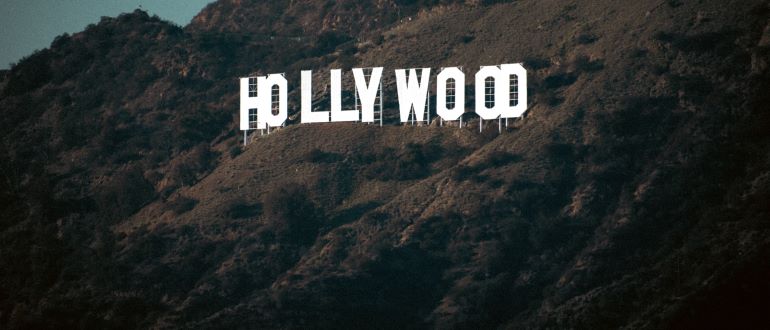
While the creative community takes turn on the picket line, fearing the worst of Hollywood studios’ embrace of AI, an animation story studio is blazing a new trail to create and distribute content.
“We’re using AI to supercharge productions through speed and cost efficiency,” Toonstar Chief Executive John Attanasio said in an interview. “You have to really rethink the content distribution pipeline to reach younger audiences.”
Toonstar is reaching tens of millions of people weekly through shows like “StEvEn & Parker” — it averages 30 million a week on YouTube, compared with Fox’s “The Simpsons” with about 3 million — and trailblazing the world of content for GenZ and Gen Alpha via YouTube, Roblox Corp. and Fortnite.
The 20-person studio was co-founded by Attanasio and Chief Operating Officer Luisa Huang. They moved on from the legacy studios, which didn’t think much of YouTube when it was just revving up more than a decade ago, and were risk averse — even stilted by “paralysis, fear,” Attanasio recalled.
“AI-powered tools can help democratize production capabilities previously only available to the big studios and put this superpower in the hands of these talented independent creators who have been left behind by the legacy system,” Attanasio wrote in Fortune in June.
The animation story studio — whose executive team cut its creative teeth at Walt Disney Co., Warner Bros. Discovery Inc., and DreamWorks — has an AI proposition: Leverage the technology to help deliver original, inexpensive studio-quality productions for the millennial, Gen Z, and Gen Alpha audiences that is increasingly unavailable from legacy Hollywood.
Specifically, Toonstar has designed AI engines that tailor visual styles and animation techniques to each project, from pre-visualization to post-production, to make productions 80% faster and 90% cheaper than industry norms while producing high-quality animated content.
Integrated into the animation engine is a native dubbing technology that clones an actor’s voice so their character “speaks” in Spanish, German and Japanese while preserving the nuances of their original language.
To date, it has launched digital series “The Gimmicks,” “Space Junk,” “StEvEn & Parker,” “House of Chico,” and the forthcoming “Fortun3.”
“There are a lot of productions that are getting canceled or halted; things will sit in development for extended periods of time,” Attanasio said. “It’s just getting harder and harder to get something made in the traditional system.”
The proliferation of AI content has super-charged entertainment options for consumers, while affording plenty of job opportunities for a new wave of young creators trying to break into the business. To be sure, there is plenty of competition for eyeballs online, in the form of AI imaging tools that will create a tidal wave of content (most of it wretched a la Grok 2); copyright law is a potential hazard; and some employees at legacy entertainment companies are nervous about job security.
“In the good old days… It took 500 artists five years to make a world class animated movie. I think it won’t take 10% of that… that will likely mean drastic cuts in the number of people needed to produce the art forms,” Jeffrey Katzenberg, co-founder of DreamWorks Animation, said after the actors strike in late July.
But the entertainment industry has little choice. If it ignores AI, it risks missing out on yet another opportunity to benefit from tech. Struggling networks like Nickelodeon are still smarting from missing the YouTube revolution.


